Butterflyweed are native to much of North America. Also known as Orange Butterfly Milkweed, Asclepias Tuberosa is a perfect addition to any garden or Monarch waystation from Montréal to Mexico. The most economical and reliable way to establish Asclepias Tuberosa is through propagation by seed germination.
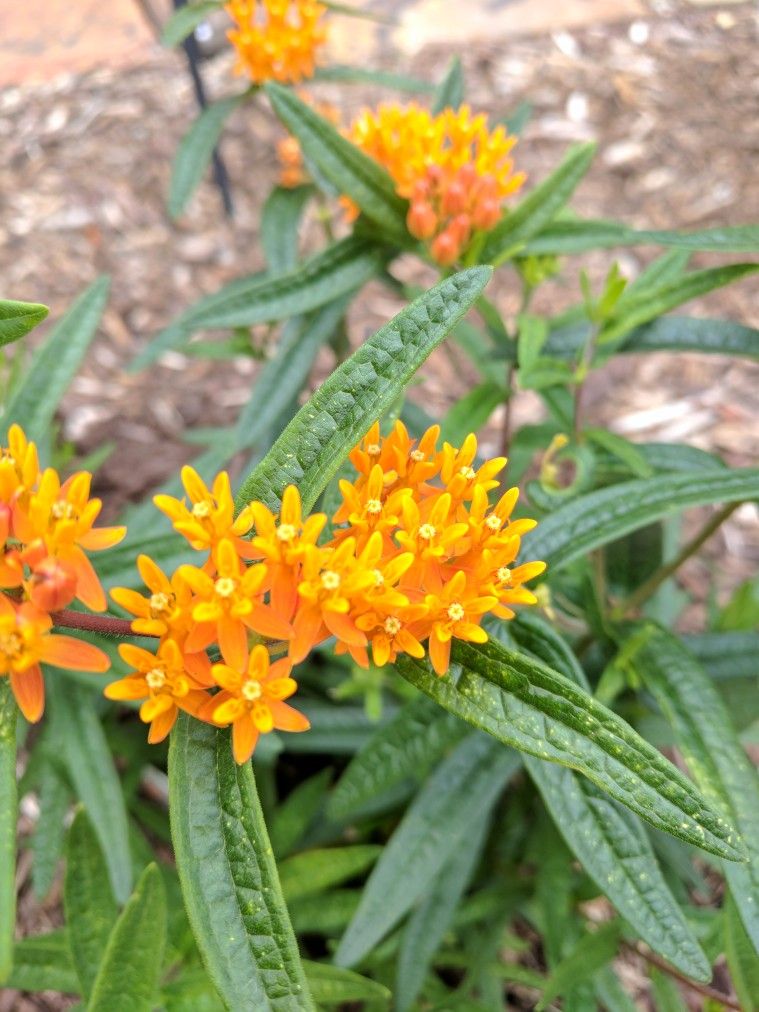
To germinate Asclepias Tuberosa, you can follow these steps:
1. Obtain seeds: Acquire Asclepias tuberosa seeds either by purchasing them from a reputable supplier or by collecting them from mature plants. Make sure the seeds are fresh and viable.
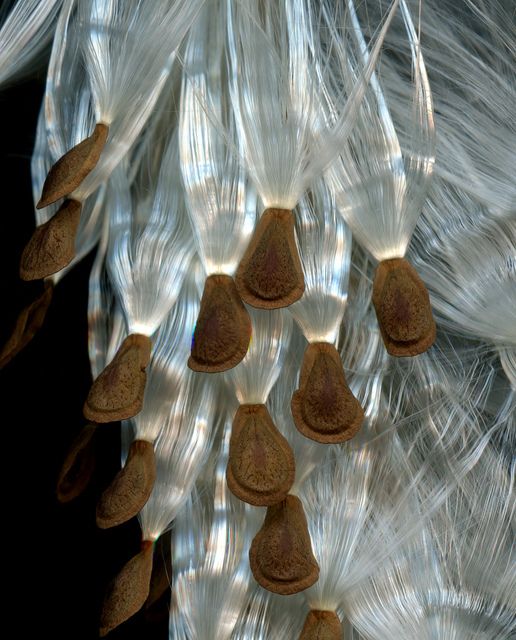
2. Cold stratification (optional): Asclepias tuberosa seeds benefit from a period of cold stratification to simulate winter conditions. Place the seeds in a damp paper towel or a plastic bag with some moist vermiculite or sand. Seal the container and store it in the refrigerator for 30 to 60 days. Cold stratification improves germination rates.
3. Preparing the soil: Choose a well-draining soil mix with a sandy or loamy texture. Butterfly weed prefers slightly alkaline soil. If your soil is acidic, you can add lime to raise the pH. Fill seed trays, pots, or containers with the soil mix.
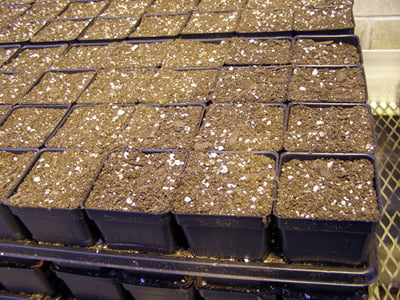
4. Sowing the seeds: Sow the seeds on the soil surface, gently pressing them in without covering them completely. Asclepias tuberosa seeds require light for germination, so do not bury them deeply.
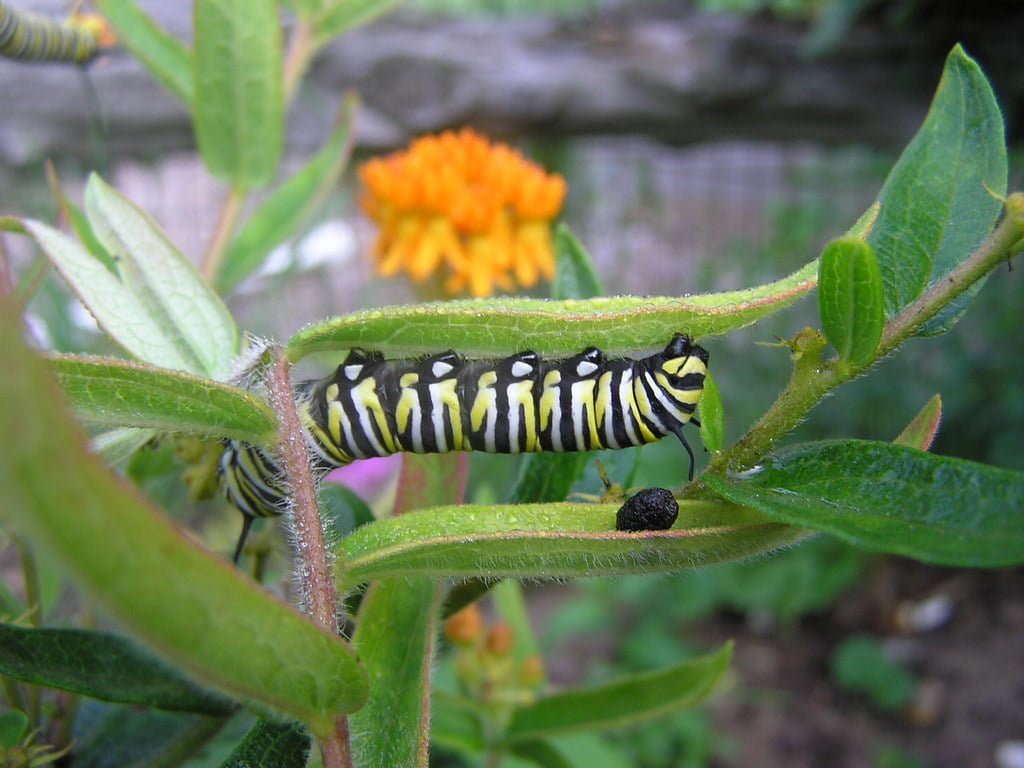
125 Butterfly Milkweed Seeds (Asclepias Tuberosa) for North America
More than 600mg of Butterfly Milkweed Seeds (Asclepias tuberosa). Origin Kentucky.
5. Watering: Water the seeds lightly after sowing to ensure the soil is evenly moist. Avoid overwatering, as excessive moisture can lead to fungal diseases.
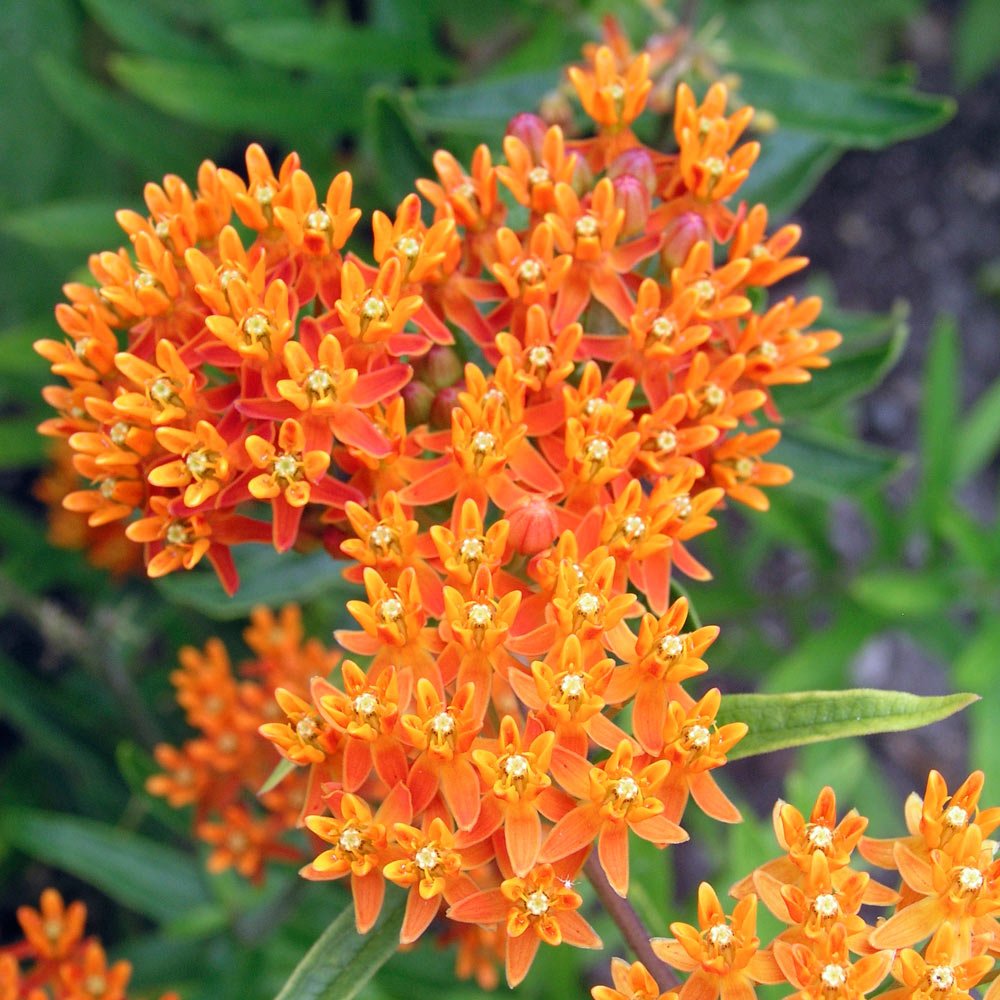
6. Providing warmth and light: Place the seed trays or containers in a warm location with consistent temperatures around 70-75°F (21-24°C). Consider using a heating mat underneath the trays to maintain a warm environment. Additionally, provide adequate sunlight or use fluorescent grow lights for 12 to 16 hours a day.
7. Germination and care: Asclepias tuberosa seeds usually germinate within 10 to 20 days, but it can take longer. Once germination occurs, thin out the seedlings to provide enough space for growth. Maintain a slightly moist soil, but be cautious not to overwater.
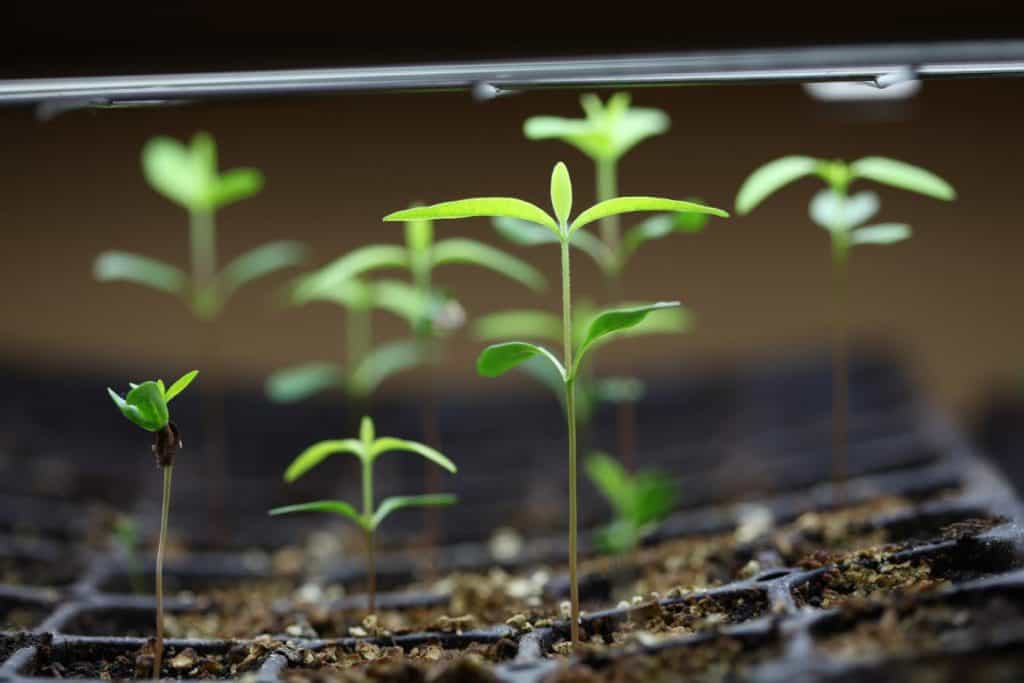

8. Transplanting: When the seedlings develop a few sets of true leaves and the risk of frost has passed, usually in late spring or early summer, transplant them into individual pots or directly into your garden. Ensure they have well-draining soil and enough sunlight.
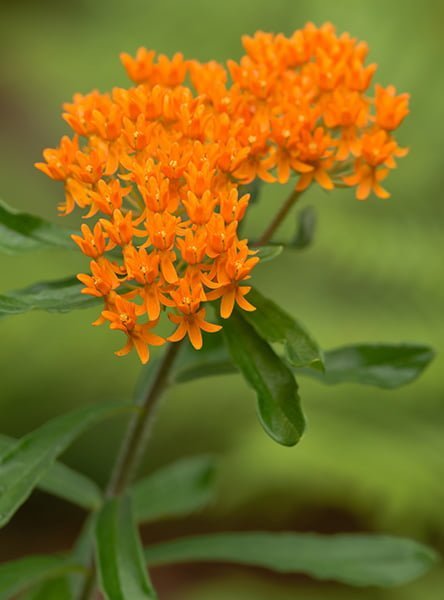
250 Butterfly Milkweed Seeds (Ascslepias Tuberosa) for North America
More than one full gram of Butterfly Milkweed Seeds (Asclepias tuberosa). Attracts Monarchs. Origin Kentucky. USDA Zones 3-8.
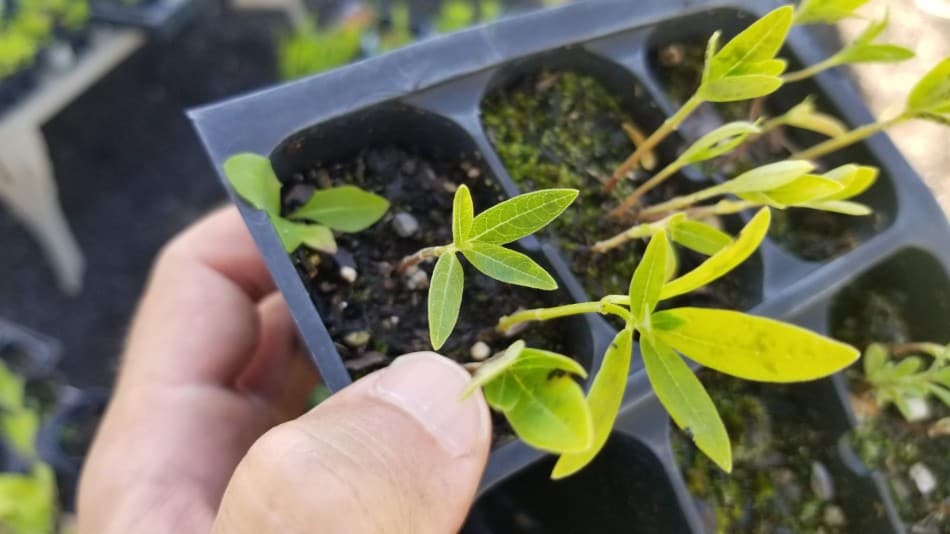
9. Garden placement: Choose a location in your garden that receives full sun for at least six hours a day. Butterfly weed thrives in sunny spots.
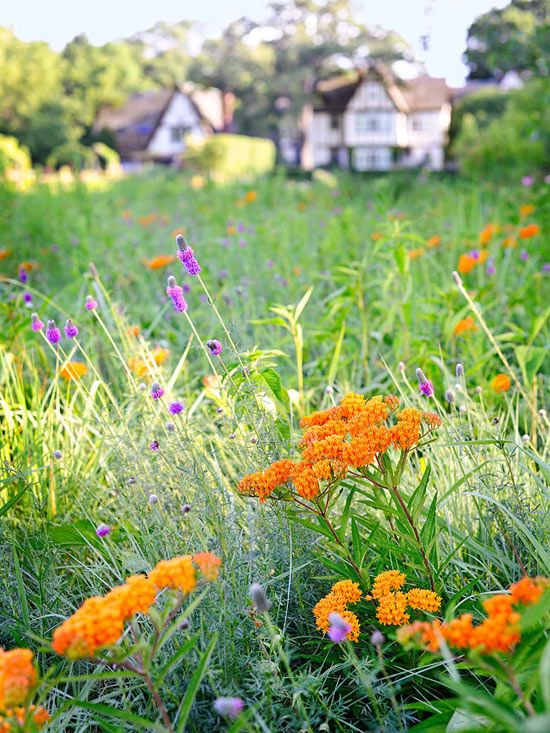
10. Regular maintenance: Once the plants are established, they require minimal care. Water them during dry periods, but avoid excessive watering. Asclepias tuberosa is drought-tolerant once established. Deadhead the spent flowers to encourage continuous blooming and prevent self-seeding if desired.
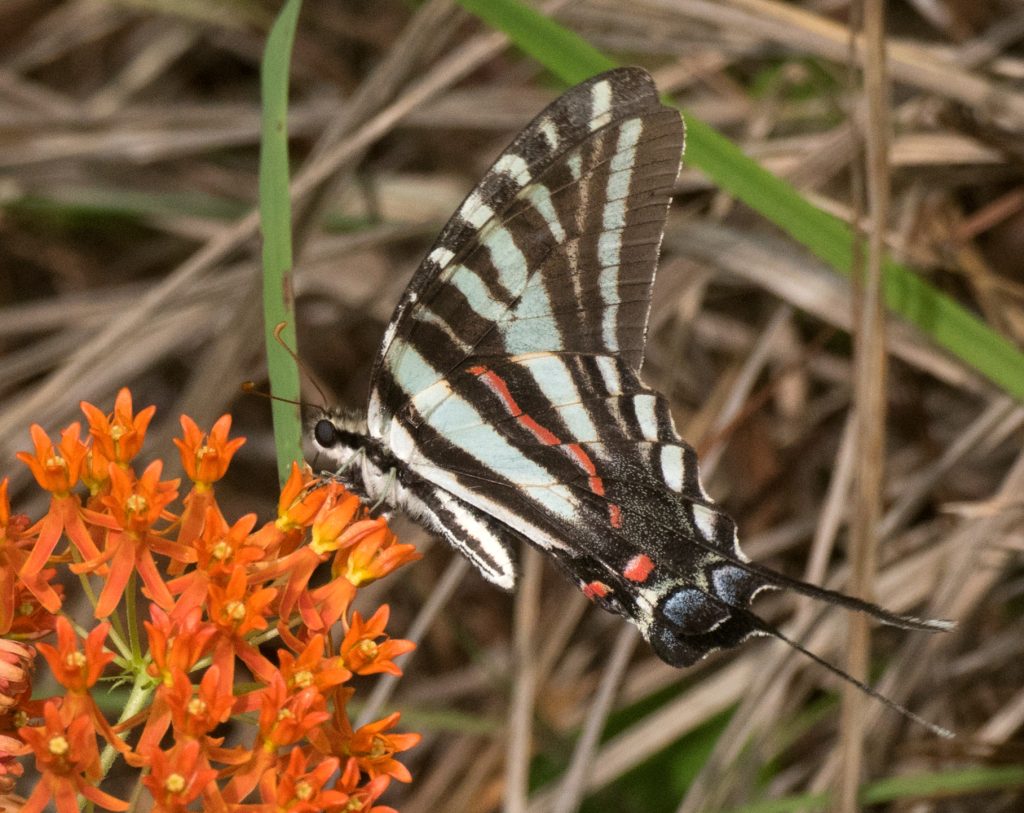
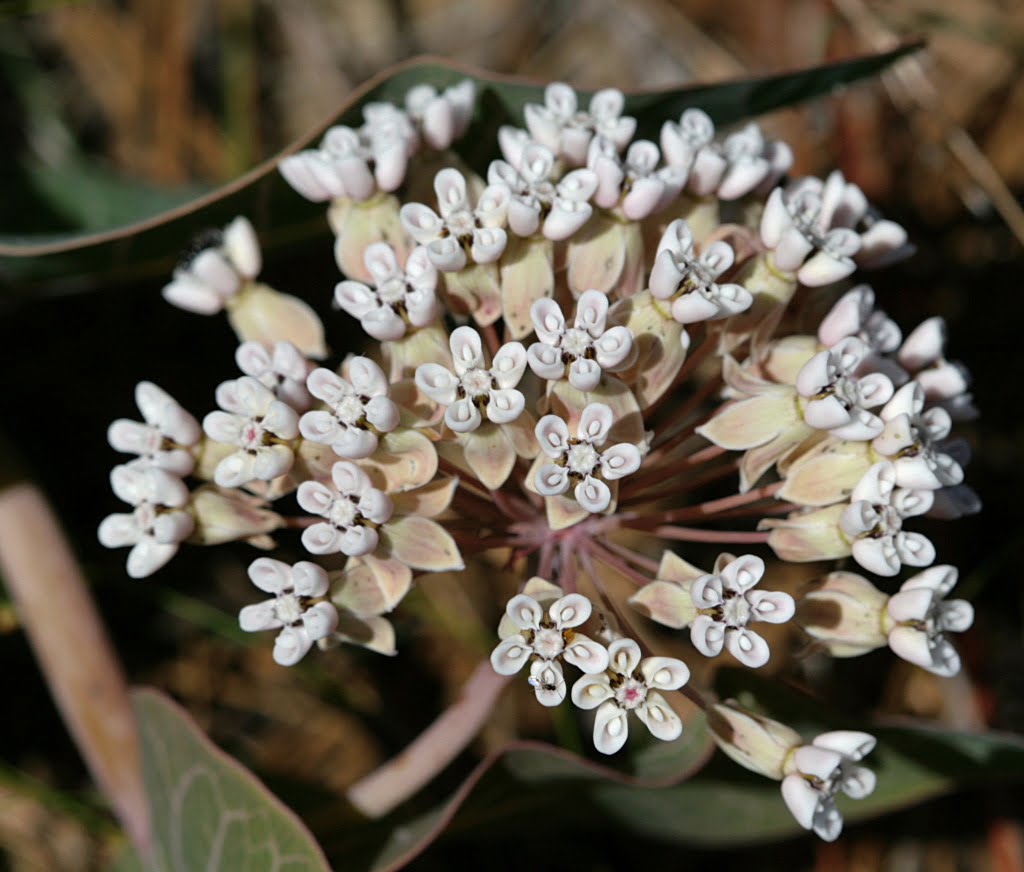
20 Florida-Native Sandhill Milkweed Seeds Ascslepias Humistrata Pinewood Milkweed
With Johnny Butterflyseed’s Sandhill Milkweed seeds, you’re not just planting flowers; you’re cultivating a living mosaic of nature’s marvels. Florida Native.
Remember, Asclepias tuberosa is a crucial plant for supporting monarch butterflies and other pollinators. By growing them, you’re helping to provide food and habitat for these important insects… one day at a time!
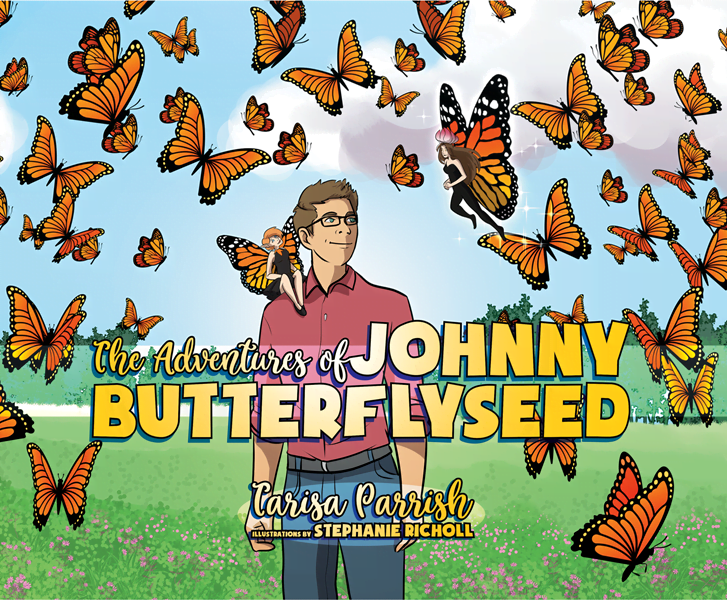
The Adventures of Johnny Butterflyseed – Author Signed First Edition Children’s Book
Save the monarchs!
Johnny Butterflyseed and his fairy friend, Raven Silverwing, embark on a mission to save the rapidly disappearing butterflies. They enlist the help of Queen Venus Goldwing and her kingdom of monarchs to educate and inspire kids to become butterfly farmers. At first, Johnny faces his own internal struggle with self-doubt and fear in his ability to make a difference, but then soon develops a mindset that allows him to not only get started, but also make progress one day at a time. Through challenge after challenge, Johnny learns that he is not alone in his mission and that there are many people who want to help. Together, Johnny, Raven, and Queen Venus educate thousands of children on becoming butterfly farmers.